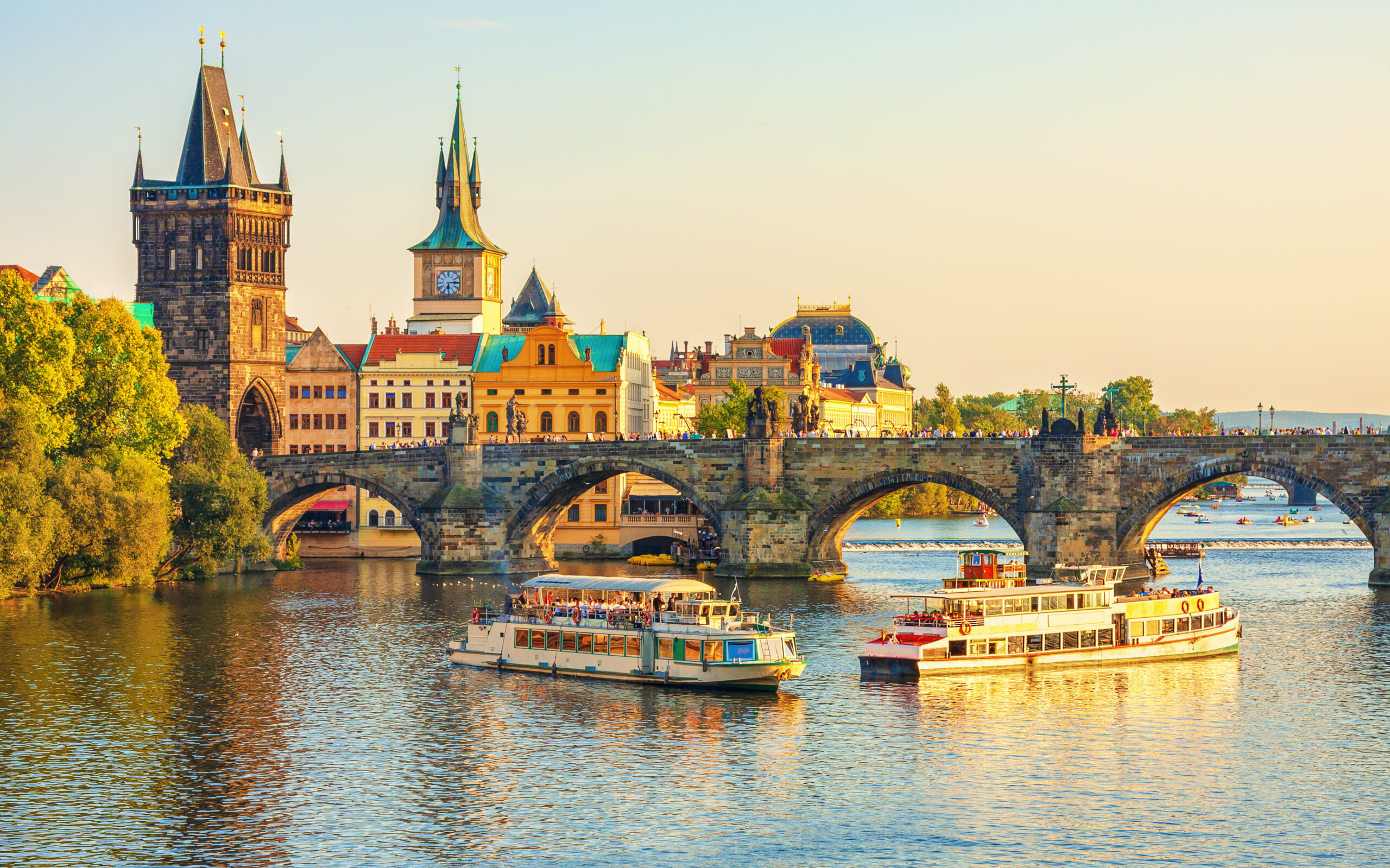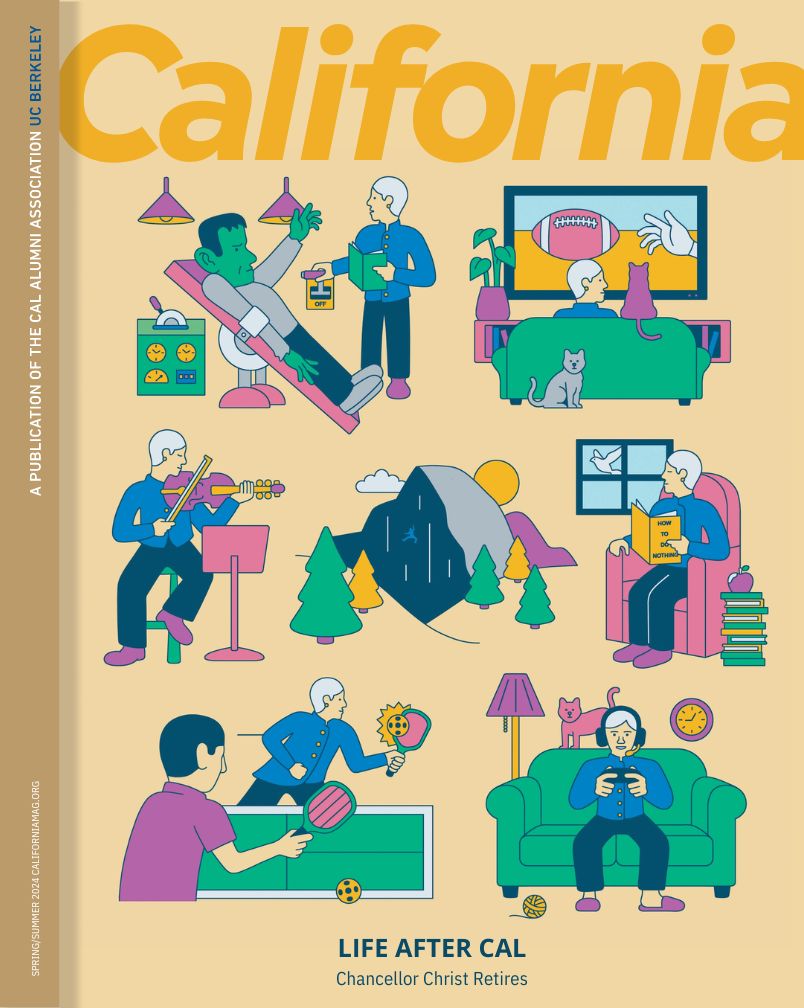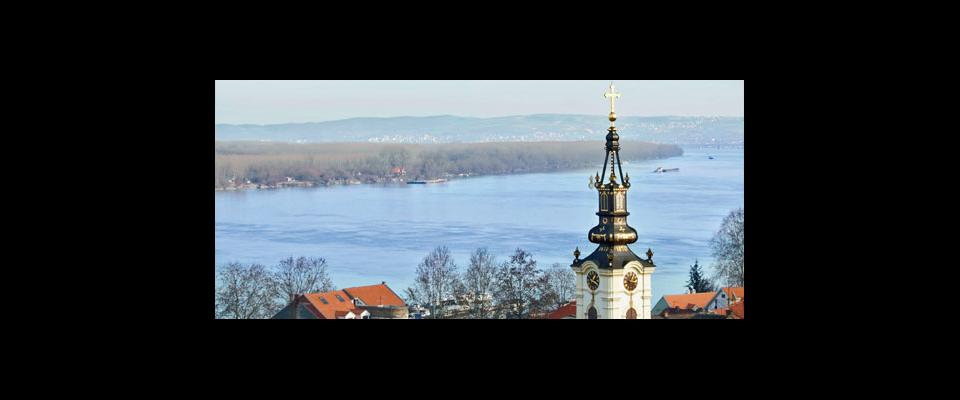Beautiful and historic Belgrade shows its pride, but not its secrets.
At the confluence of the Danube and Sava Rivers, on a high promontory at the Balkans’ edge, lies the city of Belgrade with its great fortress, Kalemegdan. When visiting, it is most instructive to take a walk out to the tip of the city, to the castle ruins. Its fortifications rise out of a steep hill, offering a clear view of the rivers and plains of Central Europe to the north, east, and west, while protected from the south by the mountains and forests of the Balkans.
Kalemegdan is clearly a place of power and dominance, the heart of a medieval Serbian kingdom and later the capital of Yugoslavia. But its strategic importance has also attracted enemies, giving the resident Serbs many stories and myths in which they feature themselves as victims. Here, they fought for their freedom against the Ottomans and against the Austro-Hungarians. Here, they were shelled mercilessly by the Germans during World War II. And here, they may be forced to summon Kalemegdan and its violent history as a metaphor for Serbian resistance to the next Great Power, the European Union.
Most of what remains of Kalemegdan dates from the long centuries when the Ottomans ruled Belgrade as a pashalik along its northern border. For most of the 19th century, the Serbs waged a fight for liberation, continually disappointed with the fleeting support of the outside world. The Serbs finally threw off Ottoman rule in 1867, but their struggles—and the mistrust of the Great Powers—remain the cornerstone of Serbian national identity.
The notion of the Serbs as unappreciated protectors of European civilization from Ottoman barbarism remains on display within the fortress walls at the Military Museum, a teeming assemblage of vainglorious regimental banners, battlefield mock-ups, and weaponry and uniforms through the ages. There are some fine battlefield sketches from World War I, too, but little else to remind us of the horror of war, save a plaster replica of the infamous tower of Serbian skulls built by the Turks.
A student of recent history will be frustrated, as I have been on three recent visits, to find the narrative abruptly cut off just before World War II. There is no hint of the Partizan struggles or of the formation of the post-war Yugoslavia that the Serbs dominated. The docents blame this on the lights being out, or say the area is closed for cleaning, but I once peeked behind a curtain into a
darkened room where Communist memorabilia lay in dusty piles.
There is also no mention of the dissolution of Yugoslavia in the 1990s or the bloody wars in which the Serbs were often the antagonists. Visitors are directed instead to the NATO Aggression exhibit, which shows weapons captured from Kosovo Liberation Army mujahideen and pieces of a downed American stealth bomber. There is little mention of events leading up to the bombing, of Milosevic stripping the region of its hard-won autonomy, or of the Yugoslav Army’s brutal campaign of ethnic cleansing.
Instead, as the official guide to Serbia produced by the government tourism board explains to the English-speaking outsider, the story of Kosovo is yet another example of Serbs being victimized for trying to protect Christian civilization from Muslim oppression. According to its text, the Serbs had long suffered under feudal Albanian overlords, and when the Serbs finally regained control of their ancestral lands in 1912, those same Albanians “were not willing to succumb to one Christian state where everyone would have equal rights and opted for armed resistance.”
The guide explains further that in both world wars, the Albanians sided with the losers, but the Serbs were persecuted. The omission of any credible explanation of western support for the Albanians in Kosovo in 1999, therefore, comes as no surprise. For the Serbs, this is just the latest in a long history of betrayal and persecution.
While Serbs understand that they are internationally recognized as the perpetrators of the ethnic cleansing against the Bosnian Muslims and Kosovo Albanians, most feel they are being slandered by a world that continues to underestimate the threats Serbs face. A Croat who took part in the massacres at Srebrenica came forth to admit his crimes and was promptly branded a liar. In 2005, when The Hague released footage of Serbian police killing six unarmed Bosnian prisoners, a third of Serbs polled insisted it was a fake.
Alas, international public opinion is chalked up to anti-Serb “western propaganda,” as is the tribunal at The Hague. When Milosevic was finally extradited in 2001, he became “Slobodan against the West” and support for him strengthened. And now, the two men responsible for the worst war crimes—Bosnian Serb leaders Ratko Mladi’c and Radovan Karadzi’c—remain free, leaving the Serbs as international pariahs, any chance they have of moving forward thwarted by their unwillingness to recognize what these beloved leaders have done.
The tour guide is not entirely incorrect in her contention that ordinary Serbs are now left “fearing for their everyday existence, reduced to besieged enclaves and protected ghettos in the towns.” That NATO is stumbling in its mission to keep peace in Kosovo and protect the Serbian minority is taken as proof that Serbs would be fools to trust the international community or to give an inch on Kosovo independence.
The formidable battlements of Kalemegdan—which for centuries stood forcefully at the frontier of great empires—today protect little more than a public park. Its walls can offer little cover to the Serbs from the expanding European Union, which has already claimed the Danube as an important transport corridor and is ambitiously absorbing the Balkans into the region called “Southeastern Europe.” Farther down the Danube, Romania and Bulgaria are already on board and the other former Yugoslav republics are getting in line.
The Serbs face a decision. They can become a part of Europe and the West or they can choose further isolation. Unfortunately, the isolationist path is the only one that fits their national narrative. The West appears poised to recognize the Kosovo Albanian demand for complete independence from Serbia, prompting one prominent Serbian leader to announce that the Serbs “do not need the European Union.”
Walking back from the castle toward the center of town, one can’t ignore the strong undercurrent of energy and life that the city possesses. At night, Belgrade’s wide pedestrian zone is filled with young people. Thin girls in tight clothes and boys in paramilitary chic smoke cigarettes and try to look cool, often with success. The bars and cafés bump with frenetic excitement until all hours. The city is worn around the edges, but it does come alive in its own defiant way, playing out an intermission before what comes next.


















